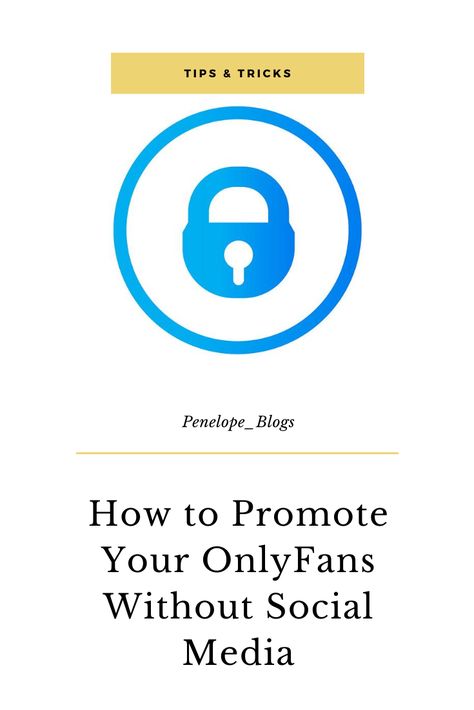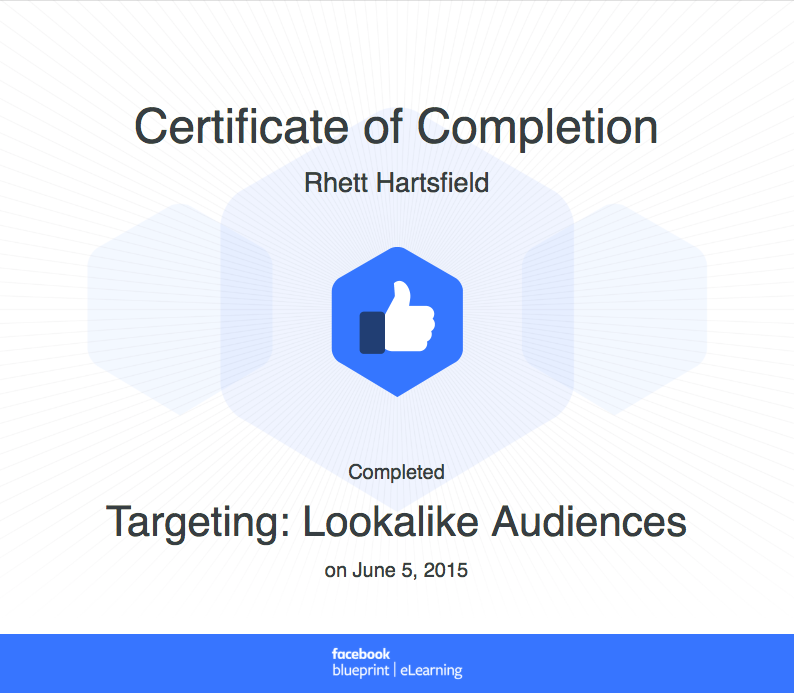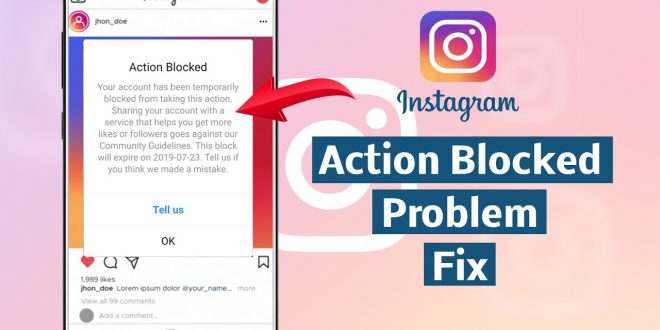How to promote a podcast on instagram
6 Simple Tricks to Promote Your Podcast on Instagram
Are you a podcaster or a small business owner that uses podcasts and videos in your content marketing strategy?
Do you use Instagram to promote your website or blog? If not, then you should reconsider right away.
Instagram is one of the best social media platforms in terms of return of Investment and it delivers the highest engagement rate out of all other social media communities.
Why is Instagram a good choice?Instagram is one of the most popular social media platforms with a huge pool of fans and users that is constantly growing. Half of them are accessing the platform daily while 35% admit that they are checking with Instagram several times each day. Add in the engagement rate and you have a great marketing platform, ideal for promoting a small business or a website.
At the same time, we know that 80% of the time spent on social media happens on mobile. As a podcaster, mobile users are your most valuable target audience. People are less likely to read a blog than to listen to a podcast or watch a video in 2017. They are more mobile than ever, they travel a lot and the widespread of smartphones and 3G/4G mobile Internet access allows them to stay connected everywhere they go.
For example, it is easier for someone who commutes every day from home to the office and back home, by train or bus, to listen to a podcast than read a website. And of course, they do it.
How to use Instagram to promote podcasts?
The numbers don’t lie. Even if you were skeptical before about using Instagram in your marketing campaign, the facts should convince you once and for all that it is a great choice.
Let’s see how this social media platform may prove to be useful for promoting a podcast:
1. Use Instagram Stories
This is a relatively new feature on Instagram but at the same time, a great one when it comes to marketing. “Stories” allows you to engage with communities by showing them intriguing and fresh content through several posts grouped into a unitary story that disappears after 24 hours.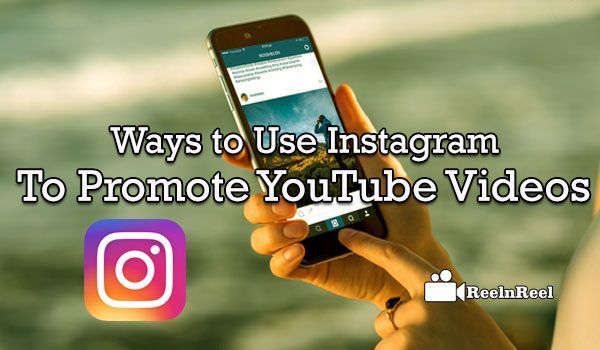
Through Instagram Stories, users are able to share photos and videos in a slideshow format.
Instagram Stories has given the vlogging community a significant boost
this report on Instagram says.
What about podcasters?Well, the answer to this question comes from Gary Vaynerchuk, a popular entrepreneur who is promoting his podcasts and his videos as well, through Instagram Stories.
Another great feature of Instagram Stories is that beside the fact that it allows you to announce your audience that you have a new episode available, you can also send them straight to the audio file. How? Well, you need at least 10,000 followers.
Once you’ve reached that milestone, you can insert a link in your story and a call to action so that a “swipe up” will allow them to listen to your podcast.
2. Insert your episode link in your Instagram bio
This advice is applicable to all marketers, regardless of what they are trying to promote on their Instagram account.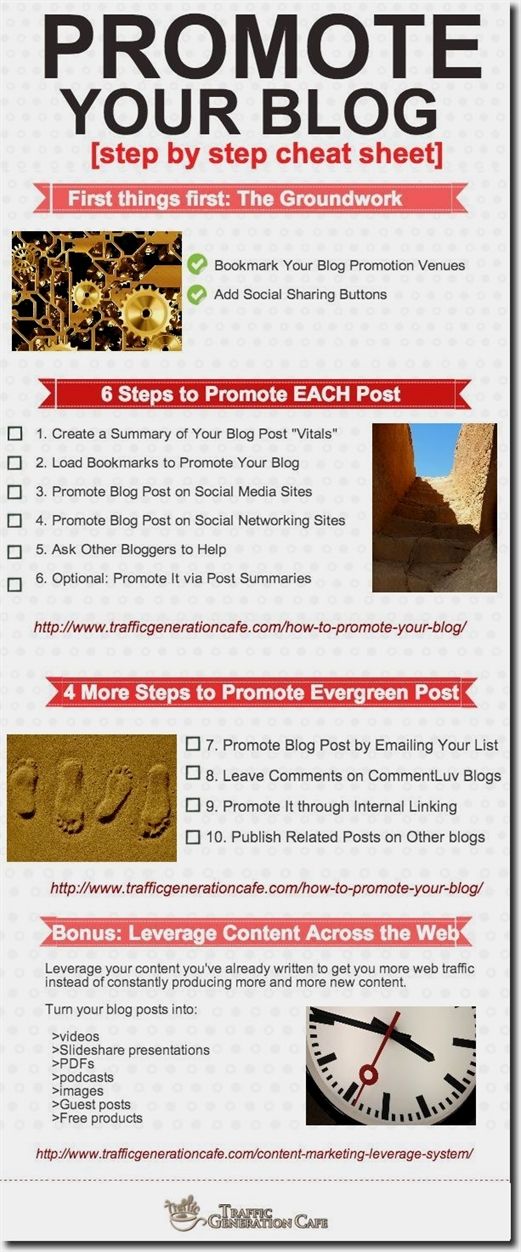 It’s therefore obvious that podcasters should include links in their profiles as well.
It’s therefore obvious that podcasters should include links in their profiles as well.
Why is this step important? Well, Instagram does not function like Facebook or Twitter. It is focused on visual content only and the texting options are limited to each post’s description and your bio, the only place where you can insert a personal link.
This section is quite important because you can describe here who you are and what you do. It is also the first thing your fans and followers notice when they first land on your page.
If they like your posts and follow your feed, there’s a good chance some of them will also click on your podcast link. Moreover, if you are changing this link regularly to promote each new post, your followers will notice it and get accustomed to search for it as well, every time they open the Instagram app on their mobile devices.
Also, I would recommend managing your links with an external service, such as bit.ly. They will provide you shorter links and at the same time, some helpful analytics you will need in order to measure your click-throughs and of course, the overall behavior of your audience.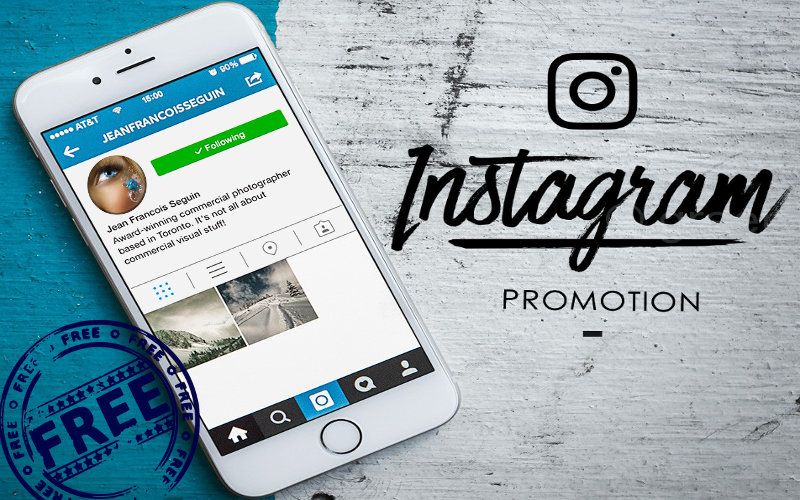
A great example, in this case, comes from Noah Kagan who uses links in his bio to promote his latest episodes.
Tools to use:
- SleekBio
- Linktree
- Bio.site
And another tool I am recommending to any other podcaster is the Pod.link where you search your podcast and you are ready to go to use it whenever you want. The Podlink is bringing your podcast episodes and also all the podcast network where your show is listed.
3. Announce your guests on your podcast
Podcasts that feature interviews with influential individuals and highly regarded professionals from specific industries are valued and popular among fans and listeners.
You can use Instagram to announce such interviews through specifically targeted posts that are easy to spot by all those interested. You can use pictures of the interviewed individuals, tag their Instagram profile and hashtags to target specific topics of interest.
Moreover, you can even tag your guests, making it easier for your readers to get to know them, visit their Instagram profiles and follow them if interested.
A great example of a podcaster who promotes his interviews via Instagram comes from Tim Ferris who creates specific design templates in order to promote his guests.
You can create your own template for such announcements. However, you should keep in mind that everything counts at this point, every single element of your template. For instance, take into account the brand you want to promote, your logo, the fonts and the colors you use for your titles and subtitles.
Once these elements are in place, you can think about how to make your announcement more appealing.
For instance, Kevin Rose uses quotes from his guests in order to promote his interviews through Instagram Stories.
4. Create your own podcast’s hashtag
Another great way of promoting your business, website or podcasts through Instagram is through hashtags. Create your own podcast hashtag.
Hashtags are one of the main feature of this social network and if used correctly, they can make your posts more visible and more accessible to users searching for specific topics.
For instance, if you publish a post under the „sportswear” hashtag, people that follow that topic will see your post and maybe, interact with it. On the other hand, you can create your own hashtags and use them in order to promote your own posts. Sure, in the beginning, there will be nobody following your topics. However, once you are getting more attention and become more popular, unique hashtags may be of help.
At this point, we can see yet another great example coming from Tim Ferris, the same Tim Ferris I have mentioned at the previous step.
This time, we are dealing with personal hashtags and in this case, #TheTimFerrisShow.
I would recommend you to use a branded hashtag, just like Tim Ferris does and promote it on other social media platforms as well. In time, your audience will get used to it as you use it regularly when promoting your podcasts.
Be consistent, however, and don’t change it over time.
5. Create a video using Anchor.
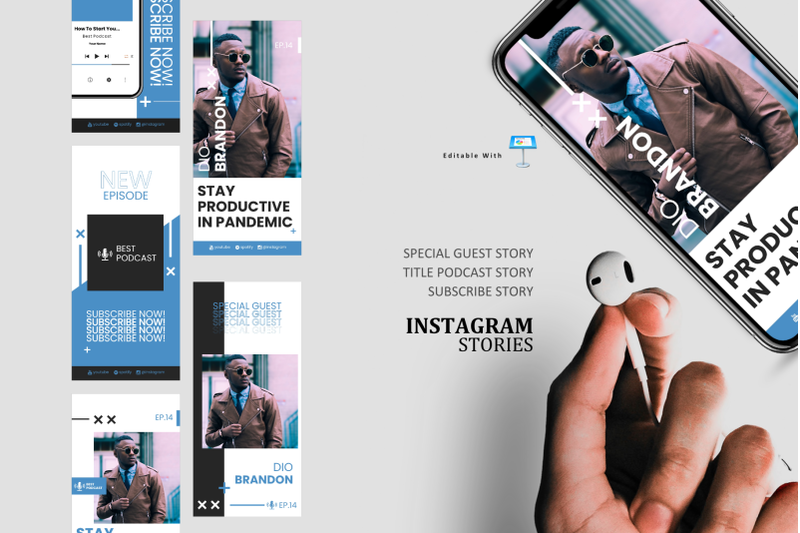 fm
fmAnother great way to promote your posts and podcasts on Instagram is through video posts. There are many marketers who use this option in their marketing strategy because it is effective and alluring. People on Instagram love the visual imagery and a video clip may be exactly what you need in order to keep them interested and alert.
However, you can make videos of your podcasts that are still podcasts but easier to post and share on Instagram. To this end, you can use Anchor.fm to create podcasts and videos as well.
Anchor is a popular service that allows podcasters to broadcast audio, right from their mobile phones. Recently, they introduced a new feature which allows you to create a simple video for your podcast. You can, therefore, take audio segments of your podcast, turn them into short videos featuring word-by-word transcription and share them on social media.
My example at this step comes from Eric Siu, whose podcasts are also available on Instagram as really simple video clips with audio and limited images and text.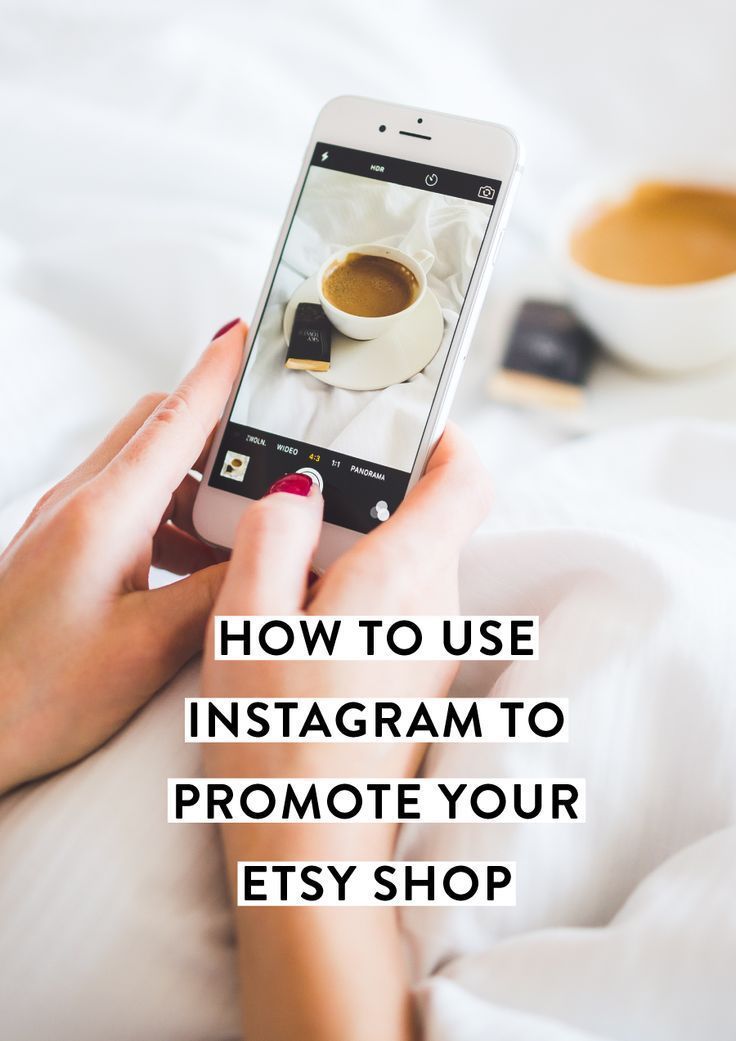
Why is this a thing? How can it help you market your podcasts? Well, the answer is quite simple: Instagram features pictures and videos. You can post images with text to promote your podcasts but a video “post” on the other hand may give your followers something that the static images cannot: a unique chance to effectively listen to you and find out how your podcasts are like.
Why these simple videos?
Well, you need professional tools in order to create professional looking videos. If you are a blogger and a podcaster whose skills do not include video creation and video production, it is most likely that you will not want to invest in video production software and hardware.
By creating simple videos just like the exemplified one, you are bringing your podcasts right to Instagram and enable your followers to listen to your samples or even full audio files..
6. Repurpose content from audio to video
The attention span of your followers, listeners, and fans is decreasing. While in 2000 the attention span of an individual was 12 seconds, in 2015 for example, it decreased by almost 25% to an incredible 8.25 seconds. What does this mean? You need to make them interested but at the same time, you need to create snackable content.
While in 2000 the attention span of an individual was 12 seconds, in 2015 for example, it decreased by almost 25% to an incredible 8.25 seconds. What does this mean? You need to make them interested but at the same time, you need to create snackable content.
Snackable content is the key to 2017 (and I guess the trend will go on for the next few years) marketing strategy. While we have the attention span of a baby, we still need to pay attention to something, something to fill in the moments we have nothing else to do. Like, when we are standing in line, when we are traveling by bus from one place to another, when we are waiting to pick up our kids from school and so on.
Thus, digital snackable content becomes valuable when it is created especially for mobile consumers, people who are bored but not really bored; people who need something to spend a few free moments with when they are doing something else.
Features of snackable content:
- It’s short. The video you are producing should be no longer than a few seconds.
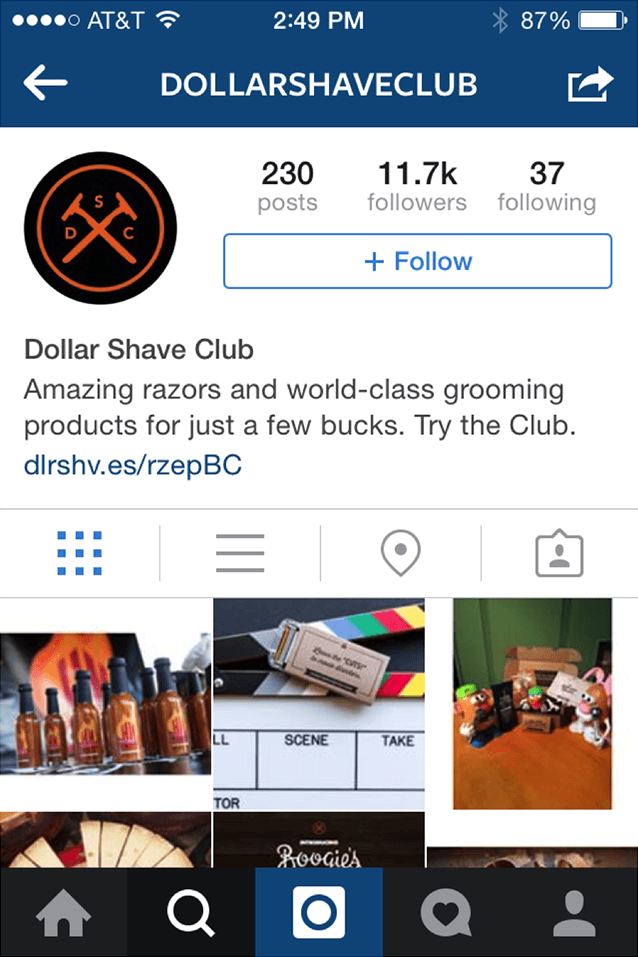 These, however, should be a few seconds that matter, meaning that the information you provide will be valuable, interesting and at the same time, alluring so that the viewer will want to hear more of you.
These, however, should be a few seconds that matter, meaning that the information you provide will be valuable, interesting and at the same time, alluring so that the viewer will want to hear more of you. - It’s easy to follow. Maybe not all members of your audience have a short attention span. However, you should create this type of content so that everyone will find it easy to watch and follow. Therefore, if you are able to provide value in just a few seconds, you will have to gain a lot.
- It’s eye-catching. Everything you post on Instagram should be eye catching, especially the posts you are publishing as marketing materials for your podcasts. Snackable videos, if produced professionally, can be eye-catching even for those who have just a few seconds at their disposal to spend on your page.
My example for a snackable video comes from Growth Everywhere. An exemplifying screenshot is available below:
So, if you are worried about the video production? Well, don’t be.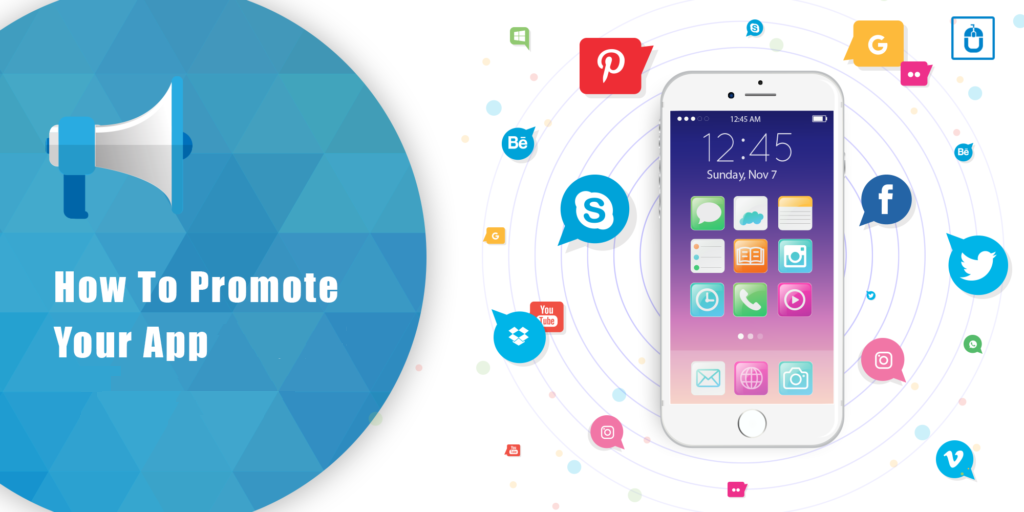 Every problem you encounter has at least one simple solution to it. And, when it comes to video creation, especially snackable content, Wavve will give you exactly what you need.
Every problem you encounter has at least one simple solution to it. And, when it comes to video creation, especially snackable content, Wavve will give you exactly what you need.
You don’t need to be a professional designer, video editor or producer. Your clips can be ready for upload in just a few minutes if you follow the right steps.
- Sign up. This step is obvious yet, being the first logical move you should make, it is worth mentioning. Once you are in, you get access to the simple interface of the app and a menu with three distinct options: “create”, “my designs” and “my videos”. If this is your first time on Wavve, click on “Add Design”, the option available under “my designs” menu.
When you get back, you will have access to all your saved work. Thus, you can redesign old videos, remake them or just re-edit them in order to save precious time.
- Upload your visuals/photographs you want to use as backgrounds for your video.
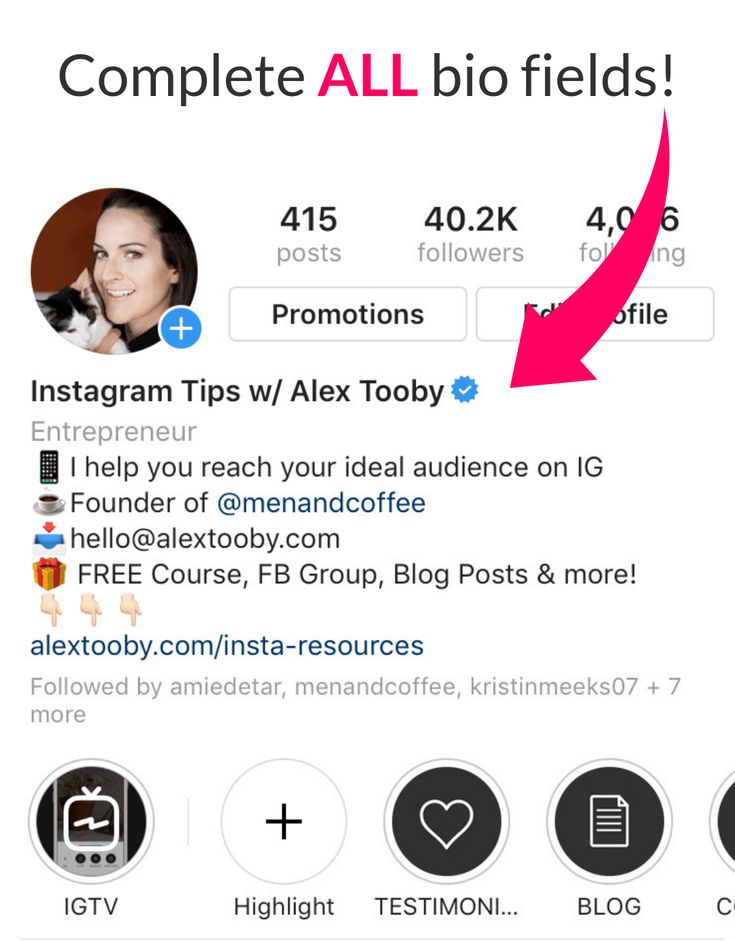 You can use branded visuals from your podcast artwork.
You can use branded visuals from your podcast artwork. - Choose your video format. You have three options, each one of them suitable for a specific social media channel: Horizontal, Square and Vertical.
- Select the type of your waveforms, adjust the progress animation, add your copy texts or CTAs. At this point you can also choose to replace your original image or artwork before compiling your final video. Don’t forget to save your work before moving on to the next step.
- Now, the important part comes. It is the step where you upload your audio file. You can choose to use part of your podcast or the entire audio as well. Also, you can record a new message right on the spot.
This panel will allow you to return easily to the editor for design adjustments. This is also the point where you name your video file before saving it.
- Save and download. It’s that easy. And, the best part… it will only take a few minutes of your time.
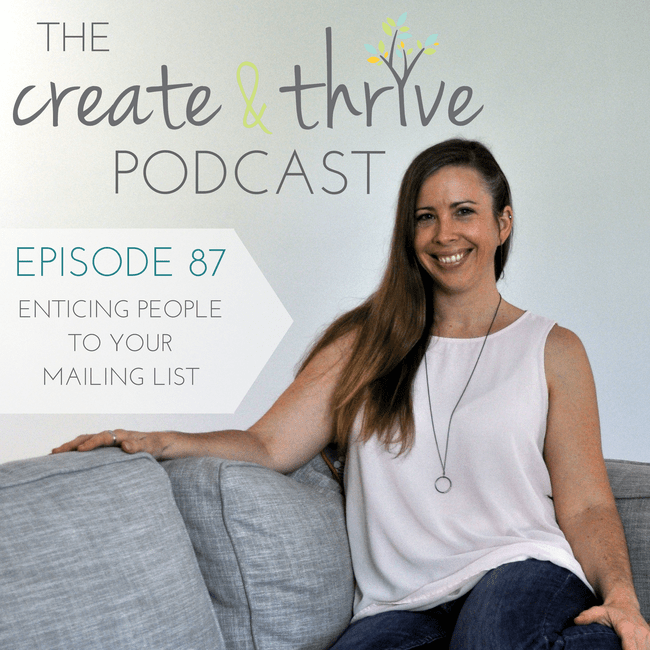
We’ve seen so far some of the most efficient ways of promoting podcasts on Instagram. Why are podcasters considering this social media platform great for marketing?
What is Instagram on top of their list?
Well, besides what we have learned in the first part of this article, l am going to list another three good reasons of why Instagram is a great tool for marketing.
- There are no algorithms to hide your content. What you post is what your followers see. There is no other way. You can forget about your Facebook strategies, where you are supposed to boost posts and pay for ads in order for your target audience and your followers to see what you post. On Instagram, everything is there and if someone subscribes to your feed, they will get everything whether you are paying for Instagram ads or not.
- Instagram has unique features such as „explore” and „search” that you can use for marketing purposes.
 In this case, as a podcaster, you can search and explore what other podcasters do in order to get their potential fans attention and replicate their success. It’s not cheating when you are researching others’ success as an inspirational tool.
In this case, as a podcaster, you can search and explore what other podcasters do in order to get their potential fans attention and replicate their success. It’s not cheating when you are researching others’ success as an inspirational tool. - Instagram is essentially a mobile app. This is how it was born. Most of the mobile users were using it to share photos but at the same time, they have learned to use it for inspiration, to find information and as a mean to spend their free time. Mobile users are your most important target audience as a podcaster and this is a fact that makes Instagram your most valuable marketing platform.
We’ve learned that Instagram is a great tool for marketing, especially for podcasters who aim at attracting more listeners and more followers.
There are a few methods you can use to promote your podcasts and I hope I was able to list some of the most important ones. However, should you know other types of marketing strategies applicable to Instagram that may be of use to podcasters, feel free to give us your thoughts in the comments section available below.
I am more than happy to read your inputs there.
Feature Image Source
Top Tricks to Promote Your Podcast On Instagram
Creating engaging content for your podcast should always be your main driving force. But never forget the importance of social media. It is such a fundamental tactic for growing your audience that we wanted to give you the tools to create a strategy on how to promote your podcast on Instagram!
Users are changing, attention spans are decreasing, and more people are getting their content via mobile. That’s why having another touchpoint for your listeners can only help you and your podcast.
Let’s look at how to use Instagram to the best of its (and your) ability.
In this article we’ll cover:
If you don’t have the time to read the article, then make sure to watch our video below. Also, make sure to subscribe to the Spreaker Youtube channel here.
Know Your Target AudienceBefore you jump into creating a color-coordinated feed, you need to understand WHO is your target audience is. More importantly, are they even on Instagram? With 1 billion active monthly users, Instagram is a great tool to grow your podcast audience. But not if the people you’re trying to reach aren’t on there.
Let’s refer to our podcast avatar. As outlined in this great article by The Podcast Host, your podcast avatar is your idealized listener. You want to know every detail about them, from their wants, desires, and fears to their favorite social media sites and how they use them.
Knowing your target listener will allow you to create structured content that they will want to consume.
Consider the following when picturing your podcast avatar:
- Age
- Gender
- Hobbies/Passions
- How they listen to your podcast
- Where you can find them
- Learning styles (audio, visual, discussion based, etc)
When constructing your podcast avatar, you can go a step further and think of how they use Instagram (if they use Instagram at all). Some things you may want to consider include:
Some things you may want to consider include:
- Why are they following me?
- How do I want them to interact with me?
- How do I want to interact with them?
- Are they here to learn or be entertained?
- What is their attention span like?
Once you have a solid idea of your podcast avatar, you’ll be ready to promote your podcast on Instagram with specially tailored content that will reach the right people.
How to Get Followers Via Your BioIt’s the first thing that any potential podcast fan will see/read. It’s the first touchpoint. And you have just 150 characters to get them interested.
So, how do you promote on Instagram with your bio, in a smart way? Apart from being THE place to summarize what you’re about, it’s also where you should provide users with a link to your podcast (driving traffic to your podcast) and your program’s unique hashtag (helping your searchability).
Upgrade Your Instagram Bio
Did you know that Instagram acts a little bit like a self-containing search engine? What does this mean? Instagram SEO, of course.
When choosing your display name, @username, and bio description, make sure that you first identify your primary and secondary keywords.
Let’s look at an example.
If you open up your Instagram on desktop or on your phone and type in the words “lifestyle podcast” what will you see? You’ll probably see the Okay Sis podcast pop up. Their @username is okaysispodcast and their display name is “Lifestyle + Self-Care Podcast.” Even though we didn’t specifically type in “Okay Sis podcast” their podcast still came up in the search results. This is because they added their secondary keywords to their Instagram display name.
So what does your podcast talk about? Is it Branding? Or True Crime? Include those keywords in the display name. This will make your name searchable. In the case of Okay Sis, they added the keywords Self-Care and Lifestyle along with the word podcast. Why? So that they can be found if someone types in “lifestyle podcast” or “self-care podcast. ”
”
Next, make sure to add what your podcast is about. A quick summary of what listeners should expect is perfect. If you’d like you can also add the Instagram handles of the hosts to create more of a listener-host connection. Lastly, make sure to add a clear call-to-action (CTA) right above that ONE clickable link that Instagram gives you. In the case of the Okay Sis podcast account that CTA is ⬇ LISTEN TO EPISODES ⬇.
| Spreaker Quick Tip |
|---|
| Make sure to add a call-to-action right above your Instagram bio link. Tell your followers what you want them to do. Common call-to-actions include: read more, listen to our latest episode, book a call, visit our website, etc. |
Link In Bio
Now, let’s look at three different ways that you can use that incredibly important link in your bio. By the way, if you didn’t already know, Instagram only gives you one clickable link, which is located in your bio, so make sure it counts.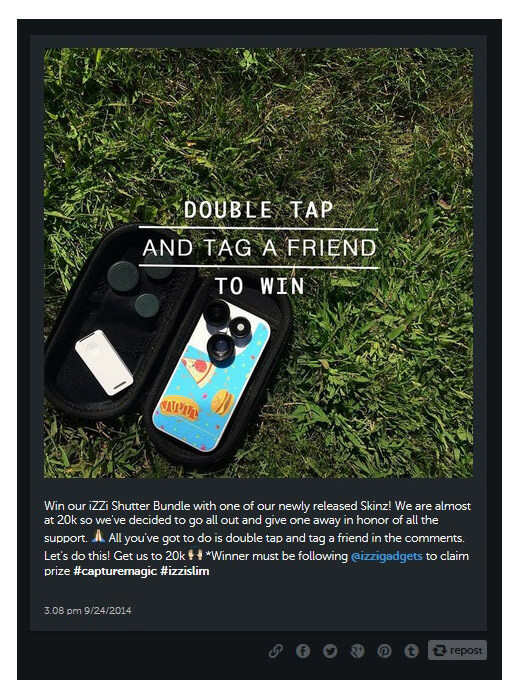
First, there is the basic URL link. If you don’t want anything flashy then there is nothing stopping you from adding your own link. Maybe it’s a link to your website. Or to Spreaker. It is the easiest and simplest option. You can also switch out the link if you’d like to promote your latest podcast episode.
However, if you want to add multiple links, then there is Linktree. Linktree works by creating a landing page on their site where you can add multiple links. Setting up a Linktree account is easy. Their interface is simple to use and all you need to do is customize the landing page, add your links and publish the page. You then copy and paste your Linktree landing page URL into your Instagram bio and you are good to go.
Linktree has a free option but it also has a paid option, which costs USD$6 per month. The free option is limited, but it does get the job done. It allows you to add a logo, description, and as many links as you want. But the Linktree logo will also be permanently visible at the bottom of your landing page.
The paid option (Linktree Pro) gives you more flexibility as it allows you to further customize your landing page. You can add your brand colors, for example, or change the shape and style of the link buttons. The Linktree logo can also be removed. You can also see analytics and statistics. For example, you can see how your links are performing with statistics like:
- Views
- Click Count
- Click Through Rate
- Avg. Time to Click
- Devices (Mobile vs. Desktop)
- Top Locations
Finally, you can also connect a payment provider to collect payments from visitors and add things like a Facebook/Tik Tok Pixel ID or a Google Analytics ID.
So why do we love this option? Well, it gives you the ability to add multiple links to your Instagram bio. You can add a link to your website, to a recent blog article, and to multiple podcast episodes. The possibilities are endless. You can also track the analytics of each link.
All of these features can help you get a better understanding of:
- who your target audience is
- which content they are consuming (aka clicking) more often.
Here is a little tip. If you aren’t interested in paying for Linktree but still want to create a landing page with multiple links, then why not try Canva. Canva recently released a feature that allows for the creation of a landing page for any of your social media links in bios. It allows customization of your own branding colors and images to completely tune your podcast brand. Want to learn how to do it? Here is a step-by-step guide on how to create a link in bio landing page for Instagram.
Now, let’s look at another option. If you haven’t heard of Later, then we’ve got news for you. Later is one of the best Instagram scheduling tools out there on the market. Free AND Paid users of Later.com also have access to linkin.bio.
How is this different than Linktree? Think of Linkin.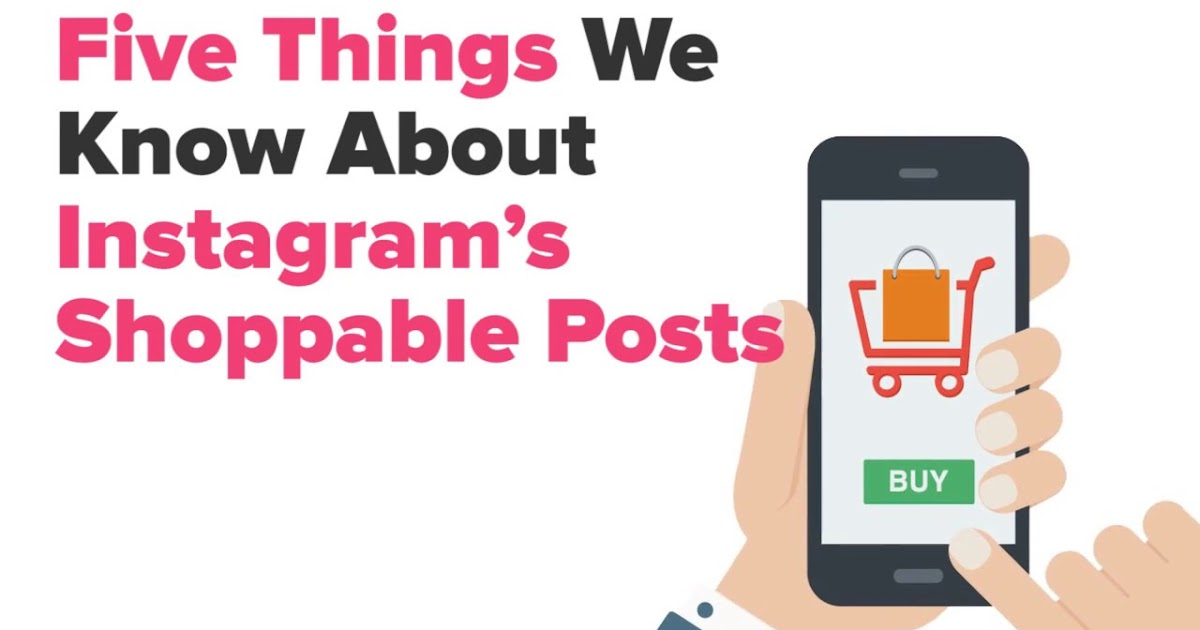 bio as a mini-website built into your Instagram profile. Linkin.bio is a web and mobile-optimized landing page that resembles your Instagram feed, and clicking on a photo will take you to a specific URL.
bio as a mini-website built into your Instagram profile. Linkin.bio is a web and mobile-optimized landing page that resembles your Instagram feed, and clicking on a photo will take you to a specific URL.
So what does the perfect Instagram bio look like?
If we take the example of Okay Sis once again, we can see that they optimized their Instagram bio to the full extent:
- They have added keywords to their username and their display name to help searchability.
- They’ve added an short about us, answering the question: what should people expect when tuning into your podcast?
- They’ve added the accounts of the hosts so listeners can connect with each individual if they want to.
- They have a CTA (call-to-action) which is listen to episodes
- They’ve included a linktr.ee which includes links to: their podcast, a newsletter sign-up, a secret FB group, a book club group chat and more.
Possibly the most important part of using Instagram to promote your podcast is the visual aesthetic of your account. Your Instagram feed is the visual voice of your podcast. Apart from using it strategically for marketing purposes, you also need to make it aesthetically pleasing to your followers.
Your Instagram feed is the visual voice of your podcast. Apart from using it strategically for marketing purposes, you also need to make it aesthetically pleasing to your followers.
Whether that be vibrant, elegant, or fun, curate it so that people want to know what your next steps are and most crucially give it your own style. You need to imagine that if someone saw a post, without knowing who published it, the user would instantly be able to recognize it just from your unique style.
To create on-brand content, you must have a podcast brand identity, which also includes a podcast logo and specific brand colors. As explained by Live 365, “creating a specific brand identity and keeping your branding consistent is absolutely vital to having a successful podcast. You want everything that your audience sees and hears related to your podcast to be uniform and clearly on-brand.”
Establishing a set of colorsEstablishing colors for your podcast brand will be particularly useful here. Why? Well, you will continually use that color scheme when creating graphics for your feed. Think of the vibes you want to give off from your account. Colors elicit emotions and feelings, plus they convey certain information. This enables listeners to form an initial impression without even knowing what your podcast is about.
Why? Well, you will continually use that color scheme when creating graphics for your feed. Think of the vibes you want to give off from your account. Colors elicit emotions and feelings, plus they convey certain information. This enables listeners to form an initial impression without even knowing what your podcast is about.
Put simply, brand colors are powerful in helping customers decide whether or not they want to engage.
For example, if you have a cottagecore podcast about country living, you’ll likely opt for green and earth tones, which would differ from a crime podcast, which would mesh well with dark mysterious hues.
Creating a visually pleasing feedLike Later, Preview, or Planoly, Apps allow you to plan out your Instagram feed in advance, helping you choose which posts align best with your brand colors. You can input your captions as well, making it easy to schedule your posts before the actual day. Mix up your feed between video, audio, and static images to give your feed some diversity.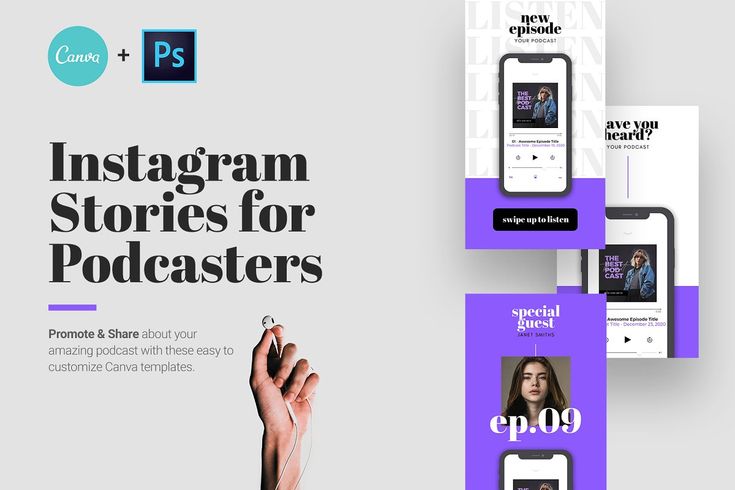 You can even link through to longer content if it isn’t ‘Gram friendly. Here is a super simple explanation of how to post a video link on Instagram.
You can even link through to longer content if it isn’t ‘Gram friendly. Here is a super simple explanation of how to post a video link on Instagram.
If you’d like an example, The Art of Charm, The Gal’s Guide, Balanced Black Girl®, and The Skinny Confidential Podcast all have this down to perfection. Depending on your audience, you can throw in memes, which typically work well with younger audiences. If memes don’t fit your target audience, then infographics could be your way through.
Have a Distinct Content VoiceWhen users are quickly scrolling through your page to see if something grabs their eye, your little squares are the tool to stop them in their tracks. But, HOW do you get them to open a post and see what you’re about?
A trick which lots of experienced podcasters use is audiogramming, which involves posting a still image and the supporting audio. Instead of posting your podcast cover art, you can get creative with the image you choose, giving diversity to your Instagram feed.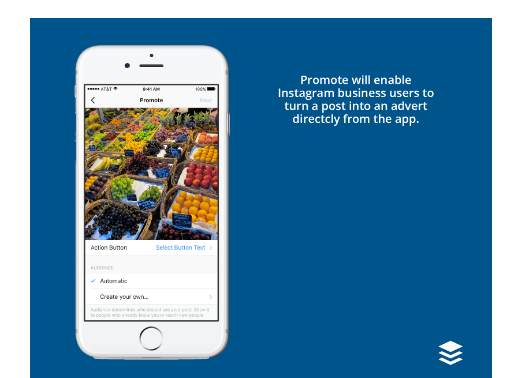 There are programs you can use to create audiograms. Both Headliner and Audiogram allow you to choose whether or not to include a transcription on the video.
There are programs you can use to create audiograms. Both Headliner and Audiogram allow you to choose whether or not to include a transcription on the video.
Instead of a photo, some podcasters opt to post a quote from an upcoming episode and the supporting audio. For your listeners, it helps create excitement by giving them an exclusive snippet. And for you it allows you to visually communicate the sort of topics and themes you discuss and is another way to reiterate your branding. There are lots of apps out there where you can create your own graphics to go with your chosen color scheme, including Canva, Word Swag, or Quotes Cover. But any app that allows you to create a layout will work.
If you want some inspiration from podcasters who use quotes well, check out accounts like BBC Radio presenter Fearne Cotton, Astrology Roast, CEO School, and The Art of Charm.
Interact With Your Audience Using Instagram StoriesIf you’re wondering why it’s worth putting time into something which is only in the ether for 24 hours – think again! Stories are a fresh and engaging way to announce new content or immediate news to your followers.
More than ⅓ of users are using Stories regularly and 70% are watched with the sound on.
Socially Sorted
However, we want to highlight that it’s not the right medium for presenting big news such as a new season launch – you want that to be on your feed where it can be found for a long period of time.
What are the positives of Stories? Used correctly it gives you a way to interact with your audience via direct comments and questions, increase listener engagement by adding a poll, and is also a space to tag guests! It’s also super easy to share your podcast if you publish via Spotify, however, the real strength is that if your show has over 10,000 followers you can add a CTA to swipe up and listen to your show.
What are your options when creating a story? You can either create a SlideShare or a video. A SlideShare is a ‘static’ post of a series of still images – it’s a handy way to provide your audience with a tutorial, useful info, or break your content down. A speedy way of making sure that your content is always on-brand is to create a template, to get you started our designers created THIS one which you can feel free to use, or just to give you some ideas to get started!
A speedy way of making sure that your content is always on-brand is to create a template, to get you started our designers created THIS one which you can feel free to use, or just to give you some ideas to get started!
Promoting your podcast on Instagram with video is more personal and allows you to offer followers a behind-the-scenes view and/or a sneakpeek at interviews! Once you’ve got your Story, we’d recommend creating Highlight playlists. This allows you to package your content up into digestible playlists for your followers.
Be Human with IGTVDifferent to Stories, IGTV allows you to create longer, more in-depth videos of up to an hour in length to communicate with your audience.
Available to all Instagram users, you just need to click on the little TV icon above your Stories to get started. While you may think that you’re working in an audio medium and not a visual one, videos are powerful learning tools as people tend to recall video content more easily than text-based content.
Wondering what content to post here? IGTV is the channel to present you and your podcast, one-to-one to your listeners – treat it as you would Facebook Live. Be informative but relaxed, talk about you, your podcast, and how it came about but most importantly – be yourself. Your listeners will love it if you seem approachable. You don’t need to be creating anything complicated here. Use IGTV to show behind-the-scenes footage or any thought-provoking conversations with guests.
Also, remember to try and include a call to action to keep sending those followers to your latest episode.
CLICK HERE TO WATCH OUR YOUTUBE VIDEOS
Want to learn how to create, promote and monetize your podcast? Our Youtube videos cover everything starting with defining your podcast, to successfully launching all the way to fully monetizing your catalog. What are you waiting for?
Create Reels to Increase VisibilityReels are Instagram’s answer to the TikTok boom and podcasters to create videos from 15-30 seconds long.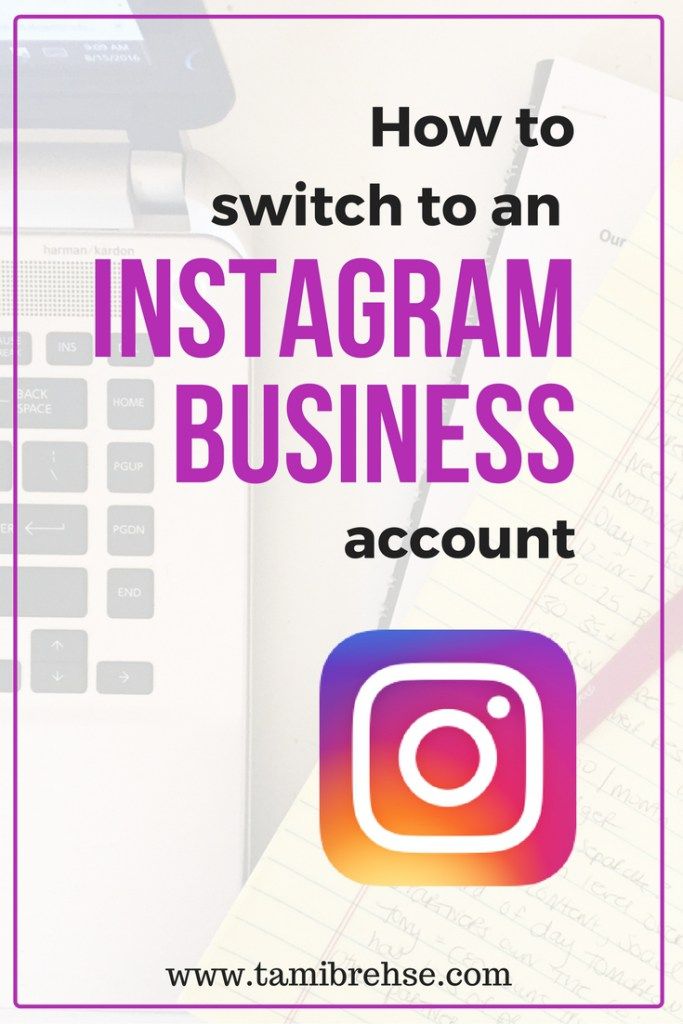 Instagram is currently pushing Reels to the front, making them a great way to get more exposure for your podcast. Since you can post Reels directly to your grid, they allow your hard work to be seen longer than Stories do. Shorter videos have higher engagement rates, and the main consumers of Reels are between the ages of 24-34.
Instagram is currently pushing Reels to the front, making them a great way to get more exposure for your podcast. Since you can post Reels directly to your grid, they allow your hard work to be seen longer than Stories do. Shorter videos have higher engagement rates, and the main consumers of Reels are between the ages of 24-34.
If it suits your brand and target audience, feel free to get creative and make fun content with current TikTok-style trends. Otherwise, you can turn your existing podcast audio into an easily consumable video. Any audiograms you have already created can be seamlessly transformed into Reels and posted on the grid. Some of our best tips for using Reels to promote your podcast with Instagram are:
- Make a podcast trailer using Reels by selecting some of the best soundbites from your latest podcast season and matching them up with images or videos.
- Keep things short. Given your timeframe, you want only the best audio pieces possible that can be consumed out of context.

- Come on strong in the intro of your Reel, as attention spans are much shorter and it’s easy for users to swipe onto the next video.
- Popular and trending music works well for Reels if you aren’t using your audio, which can be imported directly from the Reels music library.
After a slow roll-out, Guides are still fairly new to Instagram. But allow podcasters to curate blog-like lists of tips and recommendations. The pros of using Guides are that they allow you to work in a longer multimedia format without navigating away from the ‘Gram. With Guides, you can include photos, videos, and text to create Guides of Places, Products, or Posts.
The type of Guide you make depends on your brand. It’s up to you what kind of content you create with Guides, but some ideas we have are:
- Guides of Places: Bring out your saved collections on Google Maps and allow your best recommendations to flow! From cafes to stores to historical sites, there’s definitely something you can pin for your audience.
 For example, if you are a podcast about digital nomading, a guide to coworking spaces could be interesting.
For example, if you are a podcast about digital nomading, a guide to coworking spaces could be interesting. - Guides of Products: If you’re selling any products or services, this is your chance to showcase it all in detail. Alternatively, you can create a blog-style listicle Guide of products that you may be partnered with or want to recommend to your followers. For example, if you’re a podcast about podcasting, you could make a Guide to the best microphones for beginners.
- Guides of Posts: Think of it as your best-of moments that shows new followers a bit about you! If you have Audiograms on your grid, you can create a Guide of specific topics talked about on your podcast. Or, you can showcase your best quotes, or favorite guest interviews.
Guides will appear on your profile on the tab between IGTV and your tagged photos, allowing your audience to access them at any time.
Engage With Your GuestsInviting guests onto your podcast is a great way to grow your podcast audience on Instagram. Your guests’ followers mean you can connect with listeners who might not normally come across your program. Be sure to tag your guests in any posts. Also, provide them with a ready-made post or Story so they can publish it on their page. This makes it easy for them to give your brand visibility.
Your guests’ followers mean you can connect with listeners who might not normally come across your program. Be sure to tag your guests in any posts. Also, provide them with a ready-made post or Story so they can publish it on their page. This makes it easy for them to give your brand visibility.
For extra reach, make sure you add lots of Instagram-friendly hashtags when tagging your guest in a post. Instagram is ideal for promoting with hashtags– use your guests’ name, themes your listeners would be interested in – anything you think will make your podcast more searchable. Most importantly, you should create your own hashtag and use it when sharing any guest-related content, making your podcast content easily traceable.
ATTENTION: do not go overboard on hashtag usage. Using one hashtag can get 12.6% more engagement, but you’ll want to cap it around 10-15 per post. Try to vary up the types of hashtags as well, otherwise, you might find yourself in Instagram jail.
There you have it! That’s our guide to using Instagram to promote your podcast. Once you’ve got your content to where you want it, don’t forget to embed your Instagram account to your website or podcast site.
CLICK HERE TO WATCH OUR YOUTUBE VIDEOS
Want to learn how to create, promote and monetize your podcast? Our Youtube videos cover everything starting with defining your podcast, to successfully launching all the way to fully monetizing your catalog. What are you waiting for?
Last but not least, don’t forget to connect with other podcasters on Instagram! It’s great to feel part of a community, and Instagram is perfect for that. Good luck and happy ‘gramming!
Write for Us
Think you’ve got a fresh perspective that will challenge our readers to become better podcasters? We are always looking for authors who can deliver quality articles and blog posts.
Contribute to our Blog
How to promote your podcast on Instagram
Promoting your podcasts on social media is a great way to get more eyes and ears. Learn the best industry tips and tricks for growing your podcast audience.
Learn the best industry tips and tricks for growing your podcast audience.
Last updated May 27, 2020
Stay on top of the biggest social media marketing trends!
For many brands, promoting podcasts on Instagram is one of the best ways to get attention (and ears!) for your latest episode.
But with 800,000 podcasts indexed by Apple, it can be hard to stand out from the crowd - and that's just the current number, the competition is ever-increasing.
We asked Mitzi Payne, creator of the @wavessocial podcast and owner of the @helloarcade agency, to share her experience promoting podcasts on social media. Here are all of her top tips and industry tricks for growing your podcast audience:
Promoting Podcasts: Why You Should Share Your Podcast on Instagram
It's undeniable that podcasts are constantly on the rise - from true crime, economics, business talks to parenting series - there's a podcast for everyone.
However, the podcast is difficult to market as a tangible brand; there is nothing here to look at or experience the same as in ordinary life, there is nothing to buy, except for ideas, thoughts and inspiration.
So to help your podcast stand out, you need to get creative with your branding and find a way to market it well, and there's no better place to do that than Instagram!
Podcasts have similar audiences to Instagram, so it makes sense that the two converge and work together.
Both are at the forefront of trends, have a mostly even gender division (albeit with an increasing number of women), and meet a mostly higher-income millennial audience than the US average.
Likewise, both Instagram and your podcast can act as a source of income while providing value to listeners and subscribers (hello influencer marketing!).
Given this overlap, it makes sense to promote your podcast on Instagram, and since so few podcasts do it well, it's also an easy way to stand out from the crowd.
Promote your podcasts on Instagram Step #1: Define your brand and creative direction
Before you start recording, you need to have an idea of who is listening to what.
If you took the time to read this article, chances are you already have a podcast ready to share something important about a niche topic and you know there is an audience for it. And you feel ready to expand it!
But if you're an aspiring podcaster, identifying your core audience and articulating your brand and creative direction is a critical first step. So take the time to think about who you're trying to connect with and how Instagram can help connect.
We started the Waves Social Podcast as a show for marketers, entrepreneurs and brand builders who want to make waves online knowing we want to talk to our peers (marketers) who primarily use the digital environment to grow their business and connect with by their clients.
There is a saying in marketing that says “write what you want to read”, and when it came to defining our audience, we quickly realized that we wanted to create a conversation space that our own team members would love to listen to. or colleagues.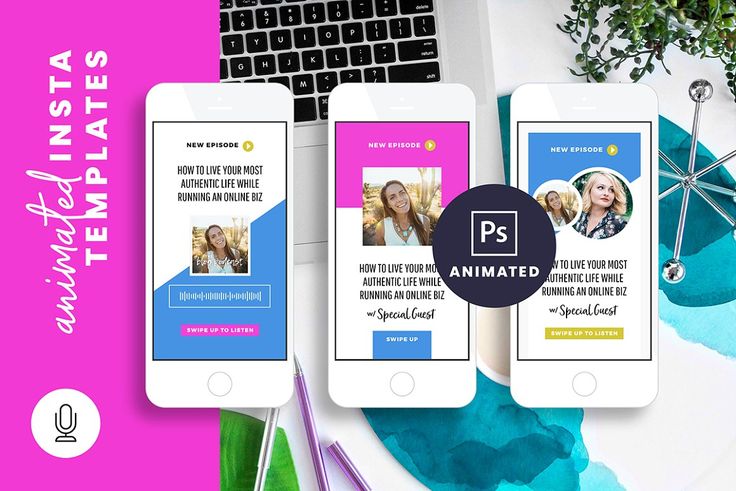
We are digital marketers who value creativity and growth, and of course we are not the only ones. Having defined our audience, it has become much easier to map out how we will reach our listeners.
It was immediately clear that Instagram would be the main driver for this audience because it is our favorite platform.
Share with friends:
Tweet
Share
Share
Send
Classify
Adblock
detector
Promotion | TKAcademy Modules Personal Brand Podcasts
Course Content
Personal Brand Podcasts
TKAcademy Mini Course
Personal brand podcasts
Further promotion
In this final lesson, we will talk about how to promote a podcast, about the main promotion channels: paid and free. We will understand why a podcast needs social networks and how to work with the audience and guests to stimulate growth.
Podcast ecosystem
Why does a podcaster need social networks?
Social media is essential for a podcaster to be in close contact with their audience. They form an ecosystem around the podcast from different platforms, the main function of which is to remind listeners that the podcast exists and new episodes are coming out.
They form an ecosystem around the podcast from different platforms, the main function of which is to remind listeners that the podcast exists and new episodes are coming out.
When a listener subscribes to a podcast's social media, there are more touchpoints: for example, a person might get notified of a new episode on Monday, read episode supplements on Tuesday, take a survey for the next episode on Thursday, and watch personal videos all week. podcaster story. With this engagement, the listener is more likely to listen to the podcast, as it is constantly present in his field of attention.
The same applies to all events around the podcast, which need to be notified in advance, because the listener may miss this information if he listens to the announcement episode too late.
Also, the presence of social networks will be your advantage for podcast monetization, since you can tell advertisers not only about the number of listeners, but also subscribers, and place ads not only in audio.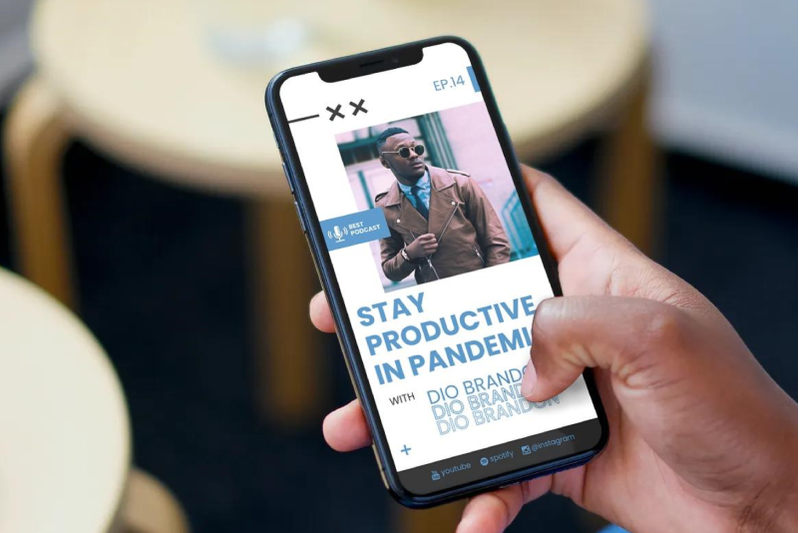
Where to promote a podcast?
Necessary and unnecessary social networks
Social networks of a podcast work for its development only if you keep them regularly. Therefore, to promote a podcast, you only need those that you definitely won’t give up.
The main social networks where you should create a podcast account are Instagram, Telegram, Twitter, Facebook and VKontakte.
When allocating resources and planning your podcast, try to be realistic about the amount of effort you will be putting into social media and content creation.
If you are active in one social network, understand the basic principles of promotion and see trends, then most likely it will not be difficult for you to maintain a podcast account. Otherwise (when you don't understand how the social network works or don't feel comfortable there), your strength and enthusiasm to promote a podcast on an unfamiliar platform will run out quickly. It is better to avoid such a development of events: it is more useful for the image of a podcast to have no account at all than to have a “dead” account in which nothing happens.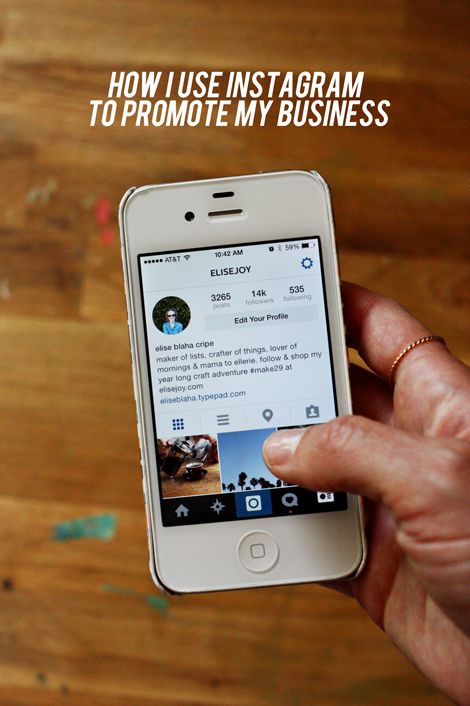
If I was asked to list only one platform, I would recommend Telegram.
Starting a podcast channel (even if you don't use Telegram as a messenger) makes sense for four main reasons.
Firstly, Telegram is the only platform where it is convenient to attach links
They can be sewn into words or hidden in buttons under the post. Thus, you can post direct links to a new podcast episode: to listen to it, your subscribers need to make one click and follow the link.
It takes less effort than opening a podcast app, finding the podcast and the episode you're looking for, not to mention typing the podcast's name into a search bar and looking up how and where to listen to it.
In other social networks, where links are not attached so obviously, the chance of “losing” the listener is much higher (for example, you reminded about the new release in stories, but the person was too lazy to go to your profile and look for the link in the header).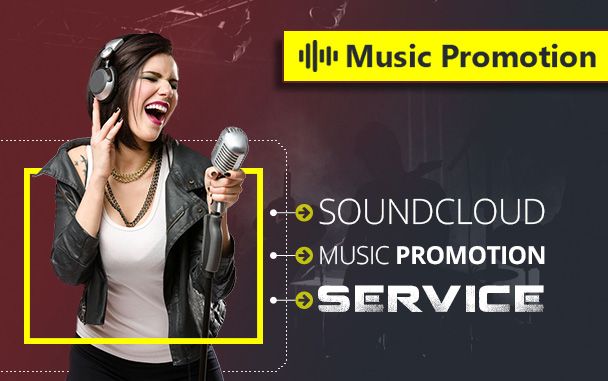
It turns out that the difference between Telegram and other social networks lies in the number of transitions that users need to make to get to the release.
Secondly, in Telegram is convenient to communicate with listeners and build a community around the
podcast. You can enable comments on posts in the channel, install a bot for feedback, leave your nickname in the channel description for personal messages. You can also make a separate chat for podcast listeners and invite everyone or selectively (for example, your sponsors on Patreon) to it.
Thirdly, Telegram allows you to create a portrait of your audience
You can do polls and votes directly in the channel, or you can place a link to Google-forms if the questionnaire is long. Survey results are useful for monetizing a podcast, as it is important for advertisers to understand what audience their product will be shown to.
Fourthly, news of Russian-language podcasting is the fastest to learn in specialized Telegram channels. True, in this case, the promotion of the podcast account will be a full-fledged project (that is, you are engaged in a podcast and separately develop the social networks of the podcast).
True, in this case, the promotion of the podcast account will be a full-fledged project (that is, you are engaged in a podcast and separately develop the social networks of the podcast).
What does social media promotion consist of? Guests, content, audience
Working with guests
One of the most effective (in my experience) ways to promote is to increase your audience through the audience of guests who come to your podcast.
This mechanism works like this: you invite an influencer to the podcast and record a cool interview. When a podcast is released, the influencer shares the announcement on their social media. His audience turns on the podcast to listen to the influencer. Some of these people will be limited to one issue, but there will be those who will like to listen not only to the influencer, but also to you. They will listen to several episodes, subscribe to you on social networks and become your audience.
Promotion through guests works well because it doesn't read like an ad and doesn't cause rejection. For people who develop a personal brand and gather an audience around them, it is completely natural to talk about the project in which they took part. They advertise themselves first of all, not the project. Thanks to this, the story about the project turns out to be unobtrusive and sincere, and the audience does not get the feeling that the influencer is selling them something.
In addition, promotion through guests is free. Even if you invite a well-known blogger who earns money from advertising, most likely he will share a podcast episode with himself as the main character just like that.
Whether or not to share a link to your podcast (and your social media) is a guest's decision. Most guests are happy to share the episode and talk about the podcast, but not everyone is able to do it in such a way that subscribers are really inspired by you and become part of your audience. Some guests will talk about the podcast on their own and use the release of the episode as a newsbreak for a personal blog. Others will limit themselves to reposting. Still others won't talk about the podcast (and that's okay too).
Some guests will talk about the podcast on their own and use the release of the episode as a newsbreak for a personal blog. Others will limit themselves to reposting. Still others won't talk about the podcast (and that's okay too).
Good news: you can increase the chance that a guest will repost and share content.
You just need to make his life easier. Prepare convenient release announcements on those social networks where your guest has an audience. If you write the text yourself, make an attractive visual, publish the release announcement on your site and tag the guest, he will only have to click the "Share" button.
This is much easier to do than coming up with a post on your own, and therefore influencers are more likely to share the podcast with their audience.
Sometimes guests promise to share an issue and then forget. In this case, it is better for them to be reminded. True, most podcasters are uncomfortable doing this, as there is a feeling that we are “annoying” the guest.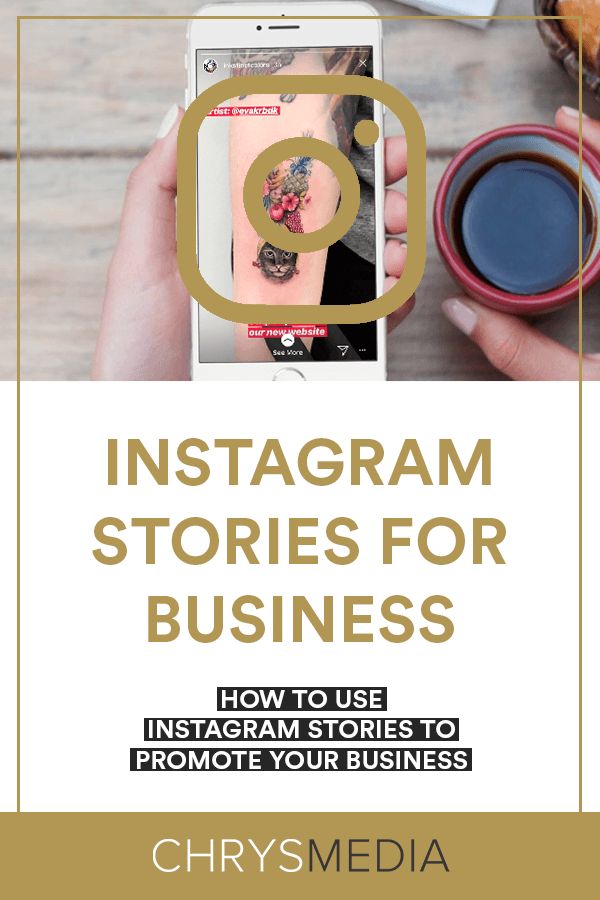 As a result, time passes, you are silent and the guest is silent. However, sometimes the guest is silent, because he is also embarrassed: they say he promised to tell, then forgot, and then it is inconvenient to return after so much time. In this case, he starts to ignore you, and this is bad for you, bad for the guest, and bad for the podcast.
As a result, time passes, you are silent and the guest is silent. However, sometimes the guest is silent, because he is also embarrassed: they say he promised to tell, then forgot, and then it is inconvenient to return after so much time. In this case, he starts to ignore you, and this is bad for you, bad for the guest, and bad for the podcast.
If you remind yourself, this painful silence can be avoided.
Audience Engagement
Promoting a podcast through audience engagement means that every episode you try to convert subscribers into listeners and listeners into subscribers. This is the juggling that you have to do throughout your podcasting activity. That is why you will encourage listeners to comment, subscribe, ask questions, write reviews, etc.
Engaging with the audience is equal to promoting the podcast. To do this, you have the following options:
1. Reviews in podcast applications
A large number of reviews inspire the trust of guests and listeners: since so many people have commented, it means that this is something serious and cool. Good podcast reviews help users of podcast apps decide to listen to an unfamiliar show they see in recommendations or come across when they scroll through the tops and category selections.
Good podcast reviews help users of podcast apps decide to listen to an unfamiliar show they see in recommendations or come across when they scroll through the tops and category selections.
Also, the algorithms of podcast applications raise the podcast to the top of the rating, including taking into account the number of reviews. Therefore, ask listeners to leave reviews in the application where they listen to podcasts.
2. Reposts
As soon as your podcast becomes more or less popular and gathers an audience around it, you will be sent feedback in private messages. These reviews can be used to convert subscribers into listeners. With the permission of the author, you can post screenshots of reviews on your Instagram stories, thank the person and tag their page.
This motivates people to give you more feedback. First, people are pleased when their favorite podcaster answers them personally. Secondly, if you already have an audience, people may be interested in the opportunity to pull some of your subscribers to themselves.
3. Pranks
Pranks have different mechanics. You can choose a winner randomly (from those who left a review or comment), you can ask subscribers to send you stories, leave comments and choose the best from the collected content.
You can play something specific: a nice little thing or a favor. In this case, you need to describe in as much detail as possible what exactly you are playing. If it's a book, tell us what it's about, who will like it, and name the author. If it is a service, please describe in detail what it is and to whom it is useful. The more specific you are about what you're playing, the more engaged your audience will be.
Before starting a giveaway, think about why you need it: get 300 new subscribers, 10 new Apple Podcast reviews, etc. Think about the easiest way to achieve the chosen goal. Don't make the gap between the start of the draw and the announcement of the winner too long. From a couple of days to a week, your audience will remember the prank, while in three weeks they will completely forget about it.
Working with content
Subscribing to the podcast's social networks or personal podcaster accounts can be motivated by useful content.
In this case, you make publications that are meaningful and separate from the podcast, but post them along with announcements of the release of new episodes - this is how you introduce your subscribers to podcasting as a genre and remind you that you can also listen.
In order to promote the podcast through additional content, the podcast's social networks should be considered as a separate project: developed with a focus and maintained regularly. The easiest way to do this is when you have a content plan with headings and every week on a certain day you have publications that are different in content, but identical in form.
The emigration podcast's social networks will be attracted by lists of places with great breakfasts, websites with instructions for filling out documents, selections of good cheap local wines, addresses of trendy second-hand stores, personal stories of adaptation, photos of the city, etc.
How else can you promote a podcast?
Collections, tops and paid advertising
In addition to working with guests, audiences and content, there are other ways in podcasting to gain access to new audiences. They have a time-limited impact, although they can bring many new listeners to the podcast at once.
Collections
With the growing interest in podcasting, more and more materials began to appear in the spirit of "10 podcasts about ..." or "What podcasts to listen to right now." Collections of podcasts are found in the media, in Telegram channels, bloggers on different platforms.
These collections are very useful to get into, as this opens up access to a wider audience that is probably unfamiliar with podcasting as a genre (which, however, does not prevent them from becoming your audience). Some podcast studios and music platforms also make their own selections.
In-app selections
All major podcast apps have an internal podcast rating (aka top). The podcast hits the top due to the work of the internal algorithm of the podcast application, which focuses on the interest of users in the podcast: the number of downloads, subscriptions and reviews.
The podcast hits the top due to the work of the internal algorithm of the podcast application, which focuses on the interest of users in the podcast: the number of downloads, subscriptions and reviews.
You should strive for this top not only because it is honorable, but also because it is connected with the arrival of a new audience: the higher the podcast in the rating, the more likely it is that a random user of the application will see your podcast, click on it and listen to it .
Many podcast platforms also have the option to feature a podcast, which means placing a large banner on the main page. This placement brings the podcast to a lot of new audiences because the podcast is shown to all users of the podcast app. To get to the main page, you need to apply through a special form.
For instructions on how to apply for a feature on major podcast platforms, please refer to the book's e-book supplement.
Paid advertising
Another option to promote a podcast is to invest in targeted ads on Instagram and Facebook, pay bloggers for a post or story mentioning the podcast, or buy a post about the podcast on a Telegram channel with a large audience.
At first, such steps are not the wisest investment of money, so I advise you to wait with paid promotion. If you are not a professional targetologist, then most likely the investment will not pay off, since many people are still unfamiliar with the podcasting format and advertising will pass them by.
To develop a podcast, it is better to spend time finding cool guests, cross-promotion in friendly podcasts, and other free promotion tools.
In this chapter, we saw that promoting a podcast consists of regular, sequential activities: working with guests, connecting with the audience, and creating your own useful content.
Podcast apps limit communication with your listeners, so you should think ahead about the podcast ecosystem and take every opportunity to turn your audience into social media subscribers.
The fewer actions that listeners need to take to find your page, the more likely they are to go to your social networks.